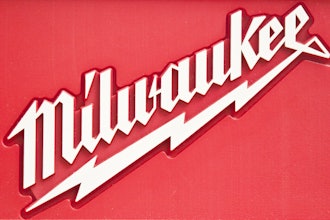Probiotics are defined as cultures of live microorganisms that, when ingested in sufficient amounts, confer beneficial health effects on a host. For this reason, food products containing probiotics typically are classified as a subset of functional foods, a category that also claims to result in positive health effects. It is safe to say that consistent quality research is the prime driver of growth in the probiotics industry. In addition to exploring other aspects of these microorganisms, the focus of the science of probiotics is on identifying and isolating specific probiotic strains, and exploring the mechanisms through which each strain protects the host. Ongoing research shows that probiotics differ in terms of their characteristics, and the nature of the associated health benefits, including the finding that some beneficial effects may be strain-specific.
According to a soon-to-be-released report RGA-121 Probiotics: Ingredients, Supplements, and Foods from Business Communications Company, Inc, U.S. sales of probiotics are estimated at $764 million in 2005 and are expected to rise at an average annual growth rate (AAGR) of 7.1% to $1.1 billion in 2010.
Probiotic foods currently account for the largest revenue share, or 65% of total sales. Food applications for probiotics currently are, for the most part, in dairy products, with yogurts, kefir, and cultured drinks representing the major categories of probiotic foods sold in the U.S. Yogurt products accounted for the largest share of sales, representing 90.4% of the total market in 2004. U.S. sales of probiotic foods in the three categories are projected to grow at an AAGR of 7% to reach $700 million in 2010.
Probiotics are used in the manufacture of supplements that are sold in the form of capsules, tablets, and powders. U.S. sales of probiotic supplements amounted to $198.6 million in 2004. That same year, probiotic supplements in capsule form accounted for the largest share of sales, representing 80.5%. The probiotic supplements market is projected to reach $291.4 million in 2010 as it grows at an AAGR of 6.7% through 2010.
U.S. sales of probiotic ingredients amounted to $51.7 million in 2004. Probiotics of the Lactobacillus genus accounted for the largest share, representing 58.2%. The total probiotic ingredient market is projected to increase at an AAGR of 9% through the forecast period to reach $84.5 million in 2010.



















